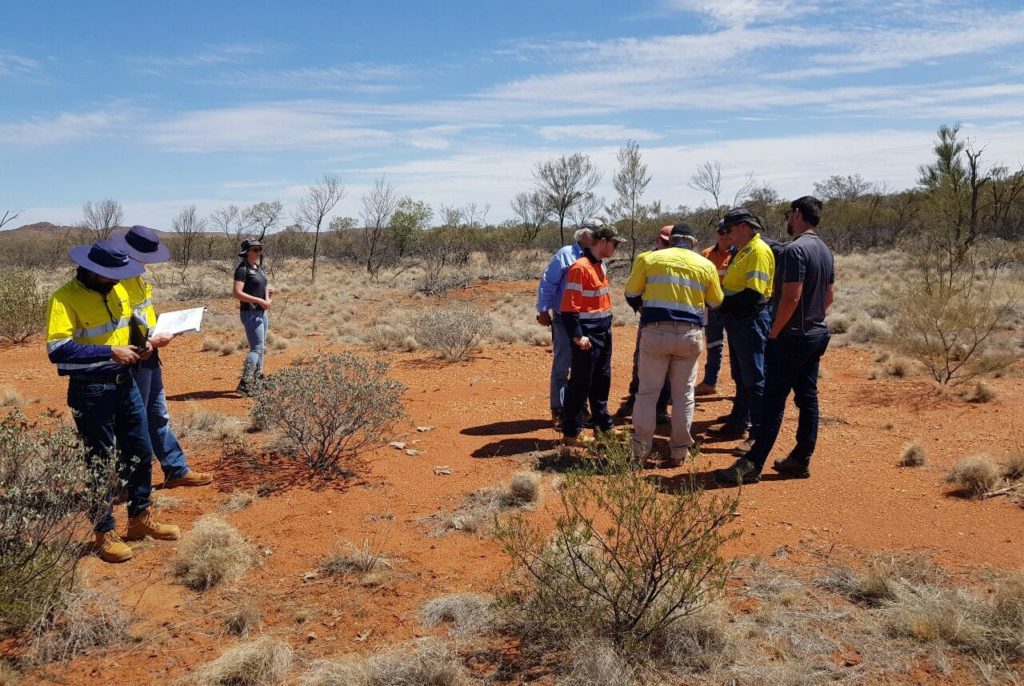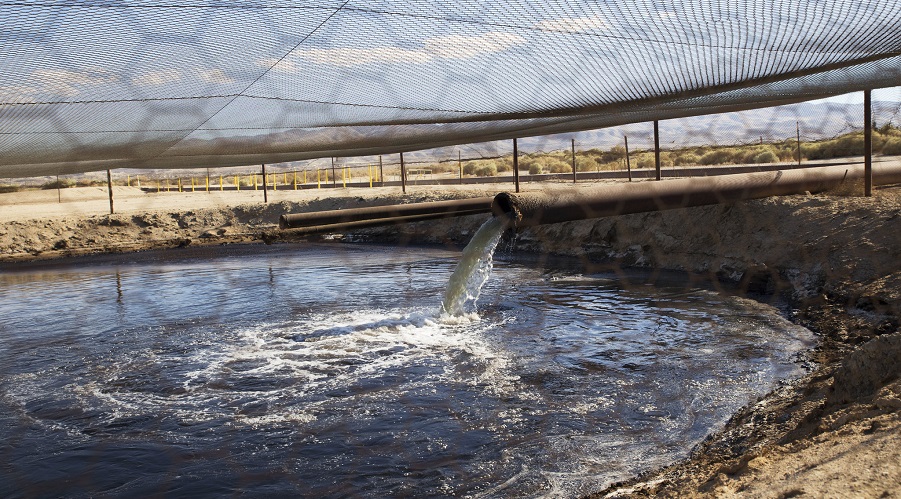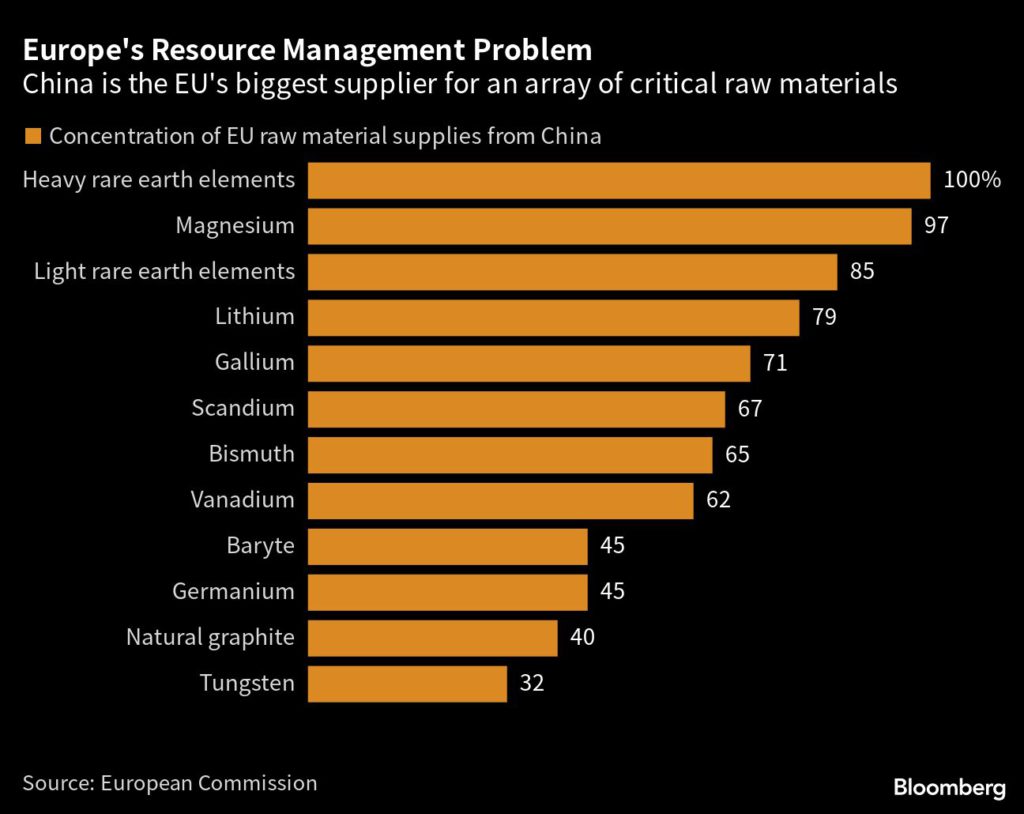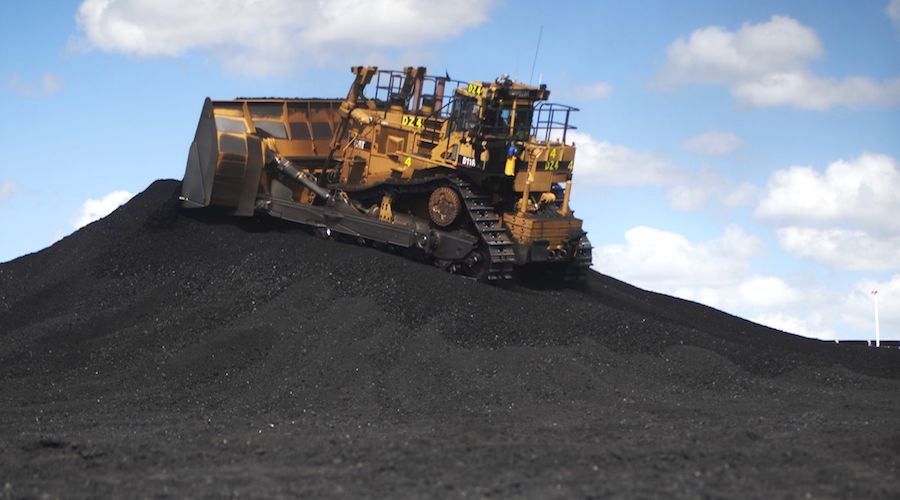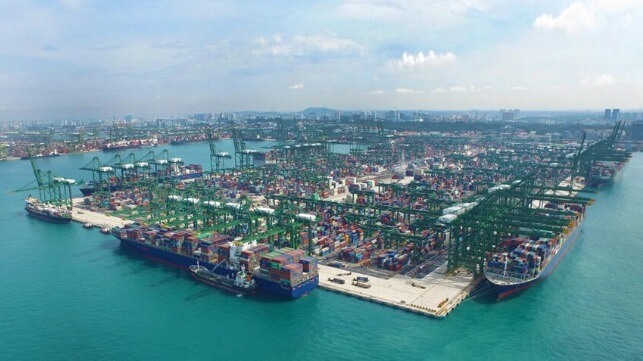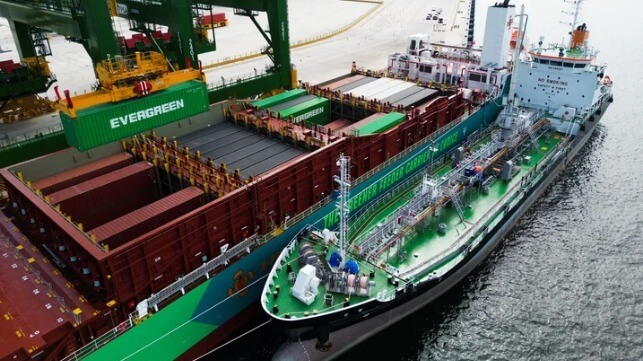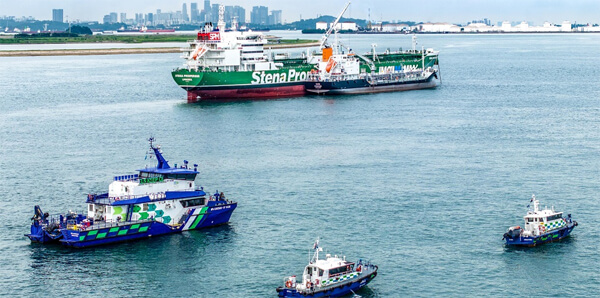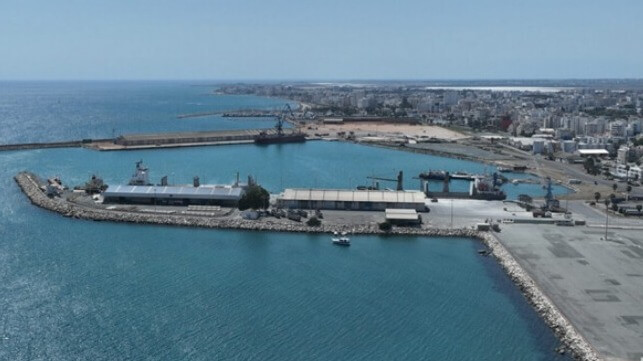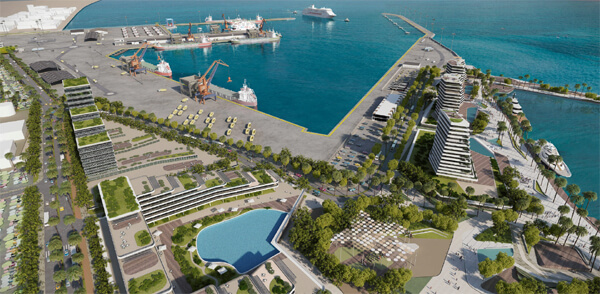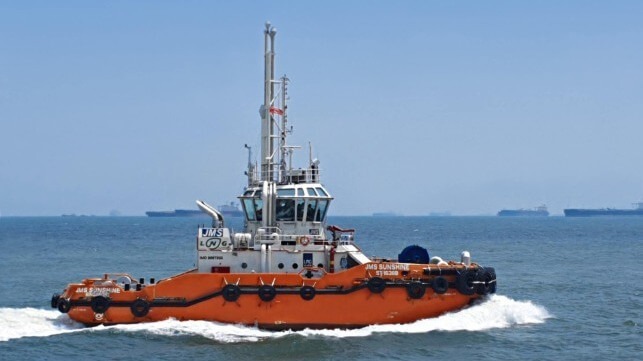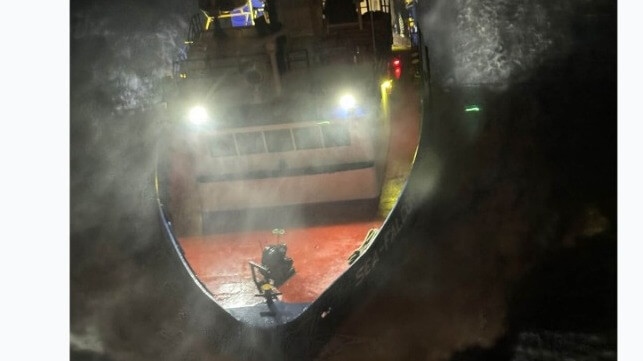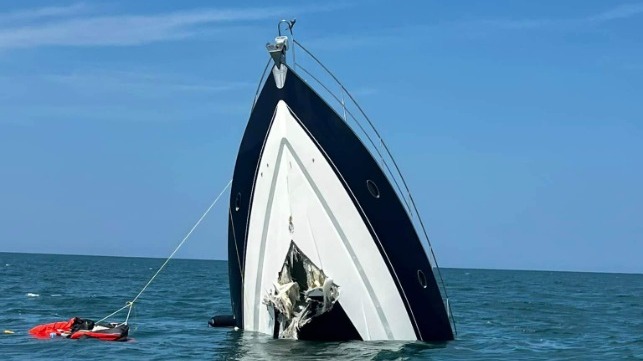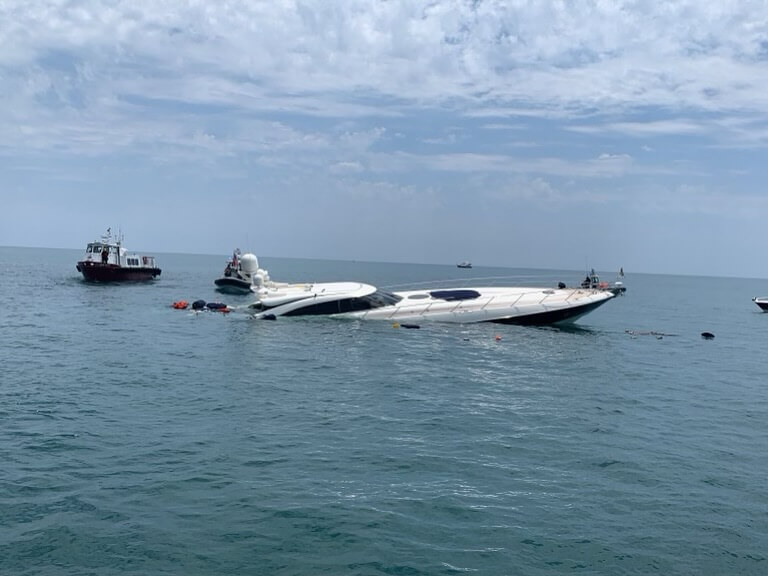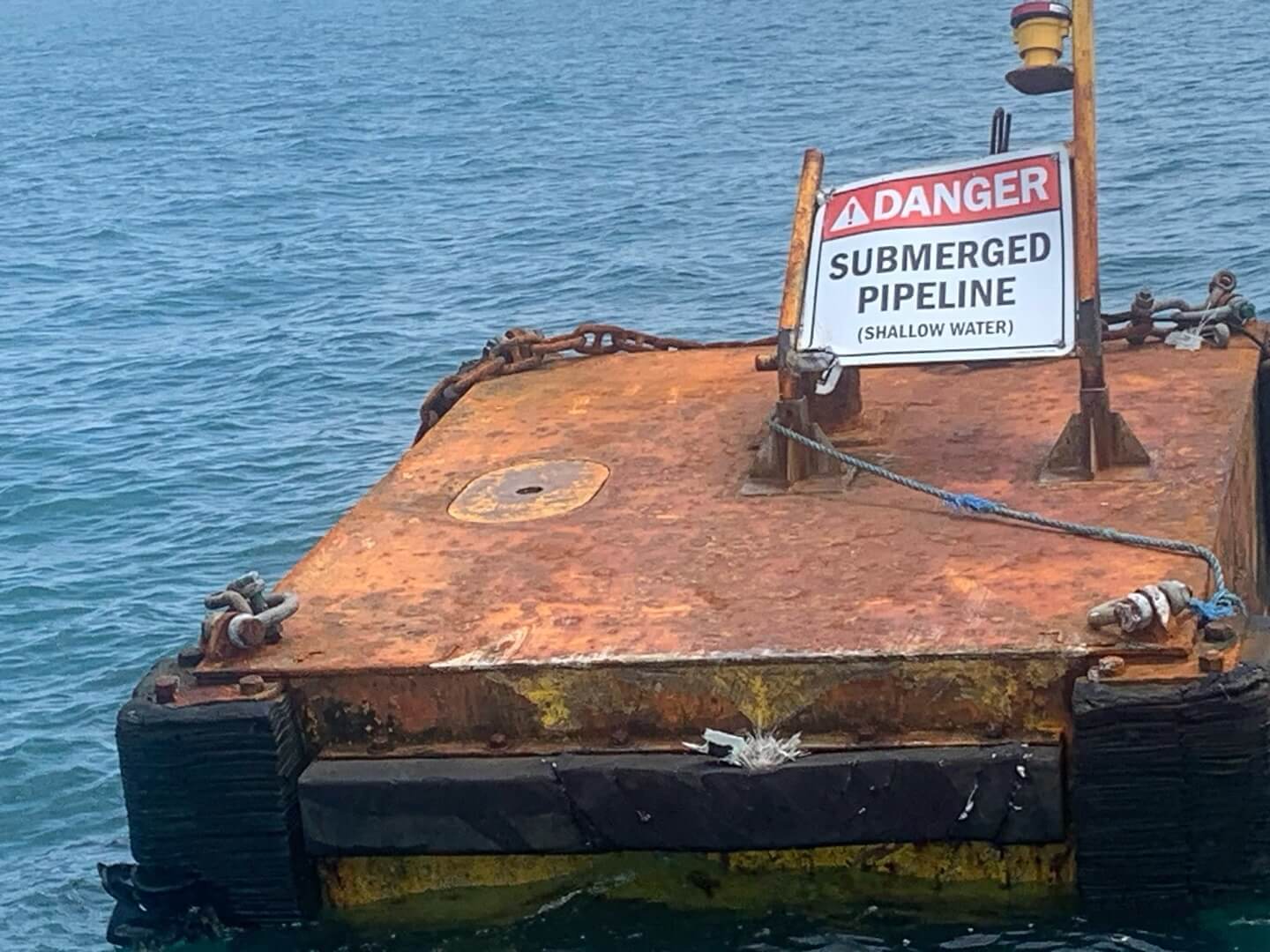Mining M&A slips as firms lawyer-up to fight regulators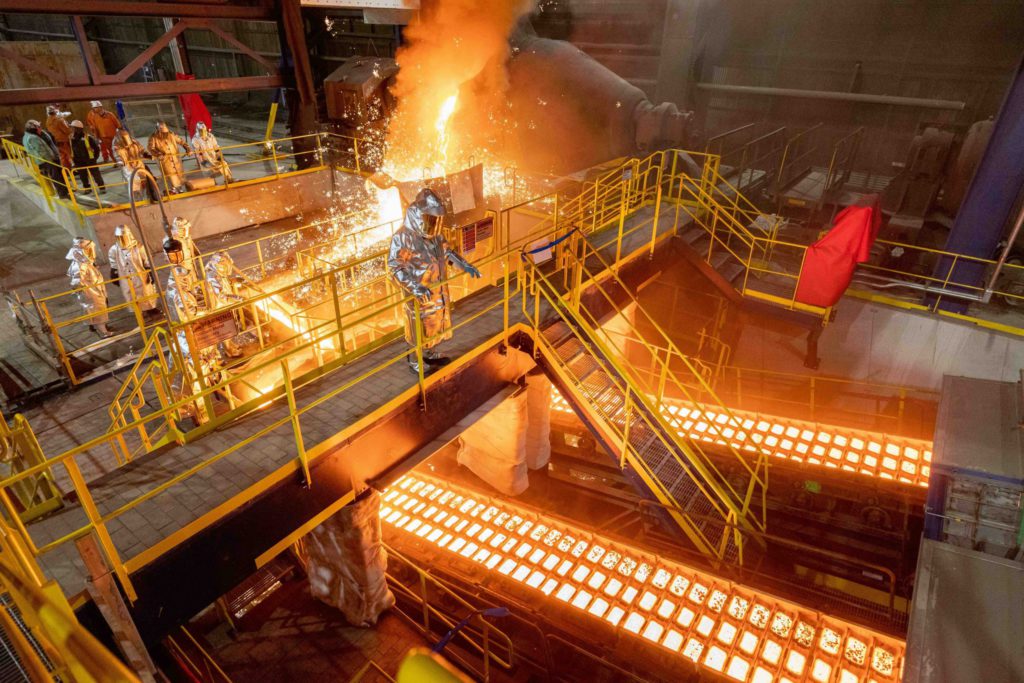
The U.S. Steel pig iron caster at the Gary Works, Ind. The Nippon deal faces scrutiny. Credit: U.S. Steel
Global mining dealmaking is falling this year but political drama and litigation are escalating in the United States and Canada, while other trends include paying premiums to get copper and guarding against liability at former mine sites.

The value of proposed, pending, completed and terminated mergers and acquisitions in the industry declined 12.5% to $74.2 billion this year to mid-May compared with the same period last year, according to Bloomberg data. The figures were presented at a May 20-22 conference run by the Society for Mining, Metallurgy & Exploration in New York.
Bids valued at $51.2 billion to acquire Anglo American (LSE: AAL), including $39.6 billion by BHP (NYSE: BHP; LSE: BHP; ASX: BHP) and $10.9 billion in a proposal with undisclosed details by Rio Tinto (NYSE: RIO; LSE: RIO; ASX: RIO), dominate the total, the data show.
M&A across all industries rose 16%, Todd Sibilla, a commodity applications specialist at Bloomberg, told the conference. But deals with diversified miners, like Glencore (LSE: GLEN) buying Teck Resources’ (TSX: TECK.A, TECK.B; NYSE: TECK) coal assets last year, plunged 94% this year compared with 2023, Sibilla said.
The Canadian uproar last year over Glencore’s interest in buying Teck, while the Swiss giant employs more Canadians than homegrown Teck, was cited as an example of a rising trend of misguided resource nationalism leading to court cases over blocked deals, according to a panel of lawyers at the annual conference on trends in mining finance. The panel also pointed to the bipartisan opposition in America to Nippon Steel buying US Steel while Japan is a major Western ally.
Court battles
An increasing number of deals are in litigation against the US government to overturn decisions and the number of abandoned deals in the last two years hit a record, said George Karafotias, partner in the M&A group at Shearman & Sterling in New York.
“It is a worrying trend and it’s the number one issue that we think about when we advise clients on bigger strategic deals,” he said. “A lot of work goes into anticipating and planning for an extensive regulatory review and part of that can also include coming up with a litigation strategy.”
US Steel shareholders approved Nippon Steel’s $14.9 billion takeover in April. The target company, formed more than a century ago, was the world’s biggest corporation, accounted for two-thirds of all steel produced in the US during the Second World War and employed 340,000 people.
Now, its contribution to defence is minor, it employs 23,000 and needs investment to modernize, Karafotias said. Nippon is not state-owned and Japan is a strong Western ally, he added.
President Joe Biden opposes the deal but hasn’t vowed to use executive authority to block it, though Donald Trump has.
“It begs the question: if Nippon Steel is an unacceptable buyer of this company, then who is?” Karafotias asked. “It may chill investment or further foreign investment in certain sectors in the US, so hopefully common sense prevails and we get there on this deal.”
Nippon has promised to keep the US Steel name, the headquarters in Pittsburgh, not to transfer jobs or productions overseas and to increase capital spending and technology sharing, the lawyer said. However, he noted Nippon operates in China and shares technology there.
“It wouldn’t surprise me if these aren’t things that can be sort of worked through and measures put in place to protect US interests,” he said. “Come November and once we get past the election, there may be scope to see this deal gets done.”
Teck talk
North of the border, Glencore’s pursuit of all of Teck was interesting for the political drama that BC Premier David Eby and federal opposition leader Pierre Pollievre created, even though they had no role in regulatory approvals, said Steven McKoen, a partner at law firm Blake, Cassels & Graydon in Vancouver.
“However, if you’ve got the person who might be the next prime minister and the person who is the premier of the province where the headquarters of the company you’re trying to acquire are, those are pretty formidable opponents to have a transaction,” McKoen said. “Very remarkable, not normal. This is not something you’d typically see in getting a transaction.”
Newmont’s (NYSE: NEM; TSX: NGT) $19.1 billion all-share acquisition of Newcrest at a 30.4% premium sought synergies and gave copper exposure to a gold company in tier one jurisdictions, John Wilkin, a partner at Blake, Cassels & Graydon in Toronto, said at the conference. They’re trends that may drive acquisitions over the next few years, Wilkin said.
“We’ve had the largest gold merger in history, but what was one of the most important factors to sell the premium: the company’s focused on copper,” he said. “Part of the strategy here is to create this tier one portfolio and selling off some of the assets.”
Newmont said in February it was selling some of its properties, though they have turned out to be ones it held before acquiring Newcrest. The company is pivoting away from Ontario and Quebec to focus on the Golden Triangle in northwest BC where Newcrest had the Red Chris and Brucejack mines and the Saddle North and Galore Creek copper-gold projects.
Brownfields
Redeveloping old sites is becoming more prevalent in M&A as rising metal prices and technology improve economics, but they bring concerns about liability, Carolyn McIntosh, senior partner at Cleveland-based law firm Squire Patton Boggs, told the panel.
“If you buy a previously mined area, you may be stuck with the responsibility for remediating it,” McIntosh said. “Understanding what that scope of potential liability may be is a critical part of your M&A.”
Miners in the US must be aware of the Comprehensive Environmental Response Compensation and Liability Act, the Clean Water Act and the Resource Conservation Recovery Act, she said. Not just governments, but non-governmental organizations and citizens can lodge complaints to seek enforcement.
“If your technology will recover metal then you’re going to be doing cleanup as you go along,” McIntosh said. “But all of those things should be taken into account to make sure that the investment is not underwater from the outset.”
